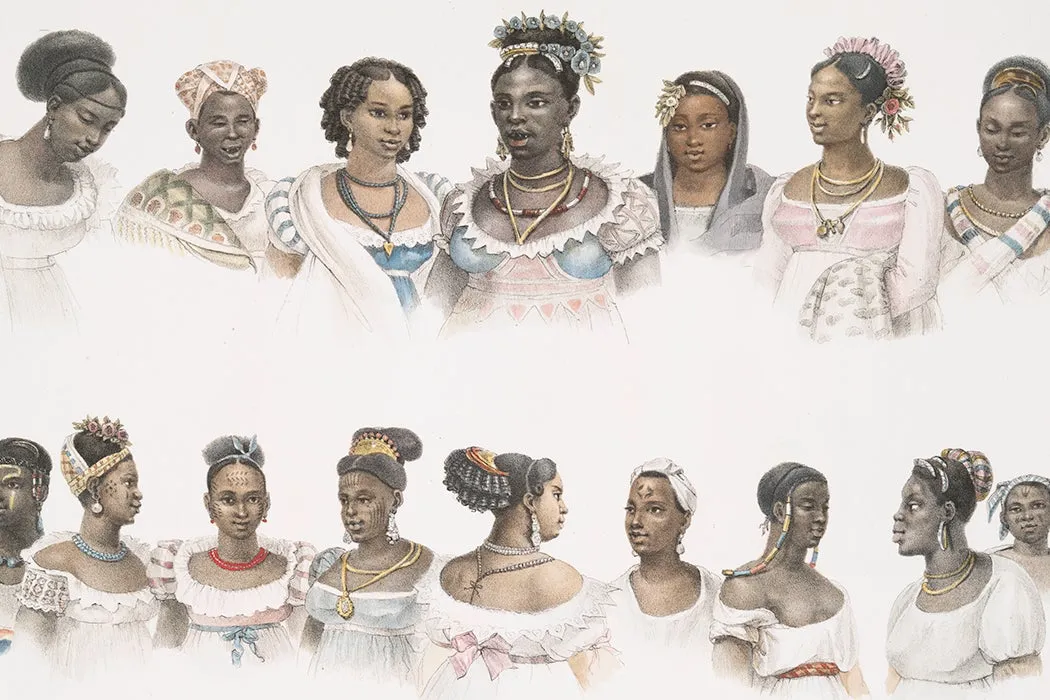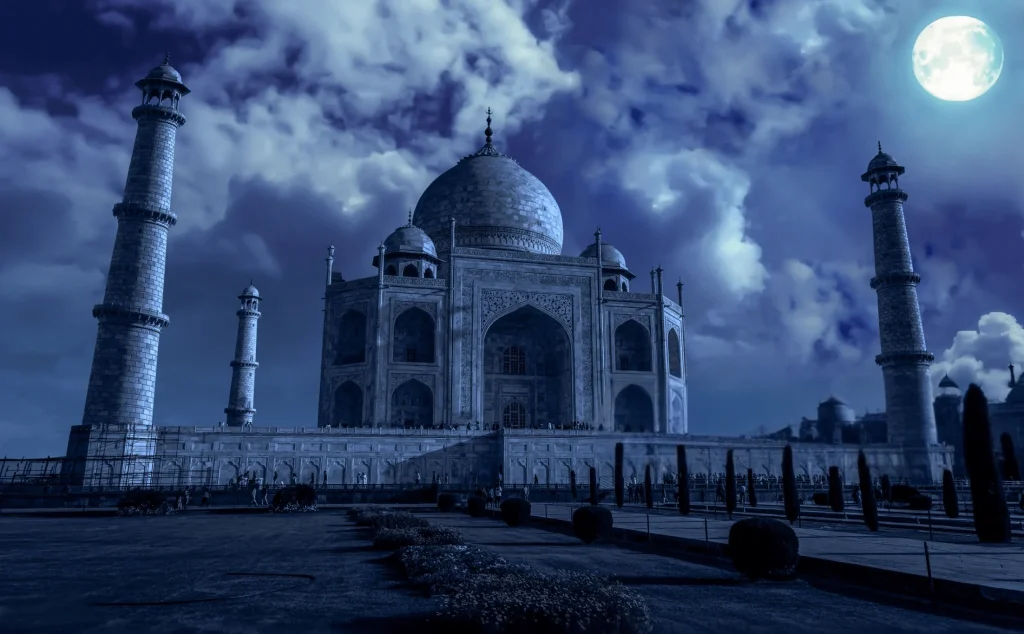The history of women slavery is a grim reminder of how patriarchal societies have historically oppressed women. Women have been subjected to forced labour, sexual exploitation, and domestic servitude across different civilizations and centuries. Slavery was not only an economic system but also a social and cultural tool to control women’s lives.
Understanding this history helps us recognize the patterns that have persisted into modern forms of exploitation, such as human trafficking and forced marriages.
Women Slavery in Ancient Civilizations
From Mesopotamia and Ancient Egypt to Greece and Rome, women were often enslaved for both labour and sexual purposes. In these societies:
Women could be captured during wars and sold as slaves.They were forced into domestic duties such as cooking, cleaning, and childcare.Sexual slavery was widespread, where women were considered property to satisfy the desires of their masters.
In Ancient Rome, some enslaved women were even trained as educators or artisans, but freedom was rare, and exploitation was common.
Women Slavery During the Middle Ages
In the Middle Ages, women were often captured during conflicts and sold into servitude. Feudal systems allowed powerful men to control women’s lives, and slavery was interwoven with social hierarchies.
Women were forced into domestic work, spinning, weaving, and agricultural labour.Sexual exploitation persisted, and in some regions, women were sold for marriage or concubinage.
During this period, slavery began merging with other forms of oppression, such as serfdom, but women’s vulnerability remained high.
Women Slavery in the Transatlantic Slave Trade
The Transatlantic Slave Trade (16th–19th centuries) marked a significant period in women’s slavery history. Millions of African women were forcibly taken to the Americas:
Women endured long, brutal voyages across the Atlantic.They were forced to work on plantations, in homes, and in fields.Sexual exploitation was rampant, with women subjected to abuse by slave owners.
This period highlighted the dual exploitation of women: both labour and gender-based abuse, creating a legacy that impacts descendants today.
Women Slavery in Modern Times
Although slavery is officially abolished in most countries, women’s exploitation continues in modern forms:
Human trafficking: Millions of women are trafficked globally for sexual exploitation and forced labour.Domestic servitude: Women are forced to work in households under abusive conditions.Forced marriages: Some societies still treat women as property, marrying them off without consent.
Modern slavery reflects historical patterns, showing that economic, cultural, and gender inequalities perpetuate the abuse of women worldwide.
Factors Behind Women Slavery Throughout History
Several recurring factors have historically enabled women slavery to exist:
- Patriarchy: Societal structures have consistently devalued women, allowing them to be treated as property.
- Economic Exploitation: Women were often a cheap or forced workforce in households, agriculture, and trade.
- War and Conquest: Captured women were a common “spoils of war” across ancient and medieval societies.
- Cultural Norms: Some traditions reinforced the idea of women’s subordination and obedience to men.
Understanding these factors helps societies combat modern slavery and protect women’s rights today.
Conclusion: Learning from History to Prevent Exploitation
The history of women slavery is a reminder of human cruelty and the resilience of women who endured unimaginable suffering. From ancient times to the transatlantic trade and modern exploitation, women have faced systemic oppression based on gender and economic power.
Today, global awareness, stronger legal frameworks, and advocacy for women’s rights aim to eradicate slavery in all its forms. Remembering history is essential to prevent repetition and ensure equality and justice for all women.
Read Also: Tours And Travels Website Design
![]()





